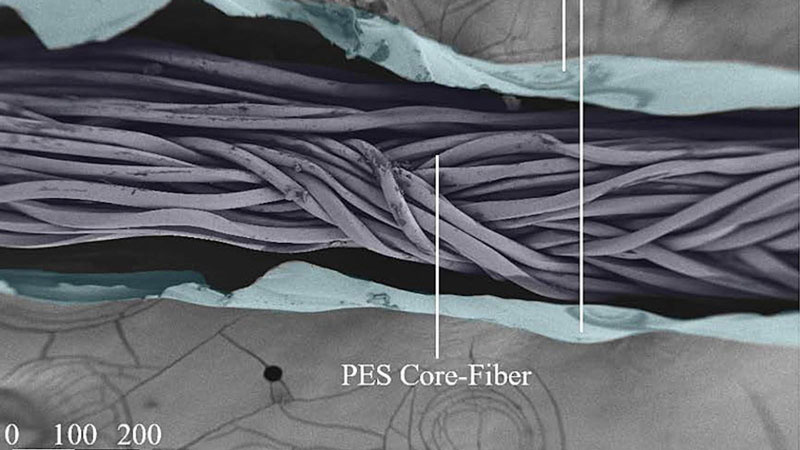
An interdisciplinary team of scientists from Drexel University has introduced self-healing concrete. For this purpose, the solution is reinforced with fibers with spores of special bacteria. The development can eliminate costly repairs, which will also reduce the need for building materials whose production is harmful to the environment.
Humanity is endlessly building and repairing. Concrete has become the most popular material in this process. The production of cement and mortars based on it consumes a huge amount of fossil resources, which contributes up to 8% of greenhouse gas emissions annually. Self-repairing concrete structures would help save on repair costs, and it would also reduce harmful emissions.
A group of physicists, chemists, biologists, materials scientists, and civil engineers from Drexel University found a possible solution to the problem. Scientists have long known about bacteria that mineralize carbon extracted from the air, turning it into a “stone”. If colonies of such bacteria are placed in concrete cracks, they will fill the cracks with minerals and cement the edges.
The researchers have selected a promising strain of bacteria Lysinibacillus sphaericus for the task. The question remained how to preserve the bacteria and activate them only when cracks appeared. To do this, the bacterial spores were placed in a hydrogel and covered with a polymeric shell. The result was the thinnest polymer reinforcement, which in itself gave the concrete additional strength.
If a crack occurred in the concrete with polymer reinforcement, when it reached the fiber, the internal pressure released hydrogel and bacterial spores. The spores turned into living bacteria that fed on calcium and absorbed carbon from the air, forming mineral compounds such as calcium carbonate in return. The crack was healing at a rate that promises to heal similar wounds in concrete in a day or two.
The material developed by the scientists is not yet suitable for commercial use, and much more work needs to be done with it. However, the idea is quite workable and may eventually come to fruition. The bacteria can even be inoculated only into cracks without adding a solution first. The repair will be reduced to walking along the buildings with a bottle of aerosol instead of a mix, buckets of mortar, and the like.

